
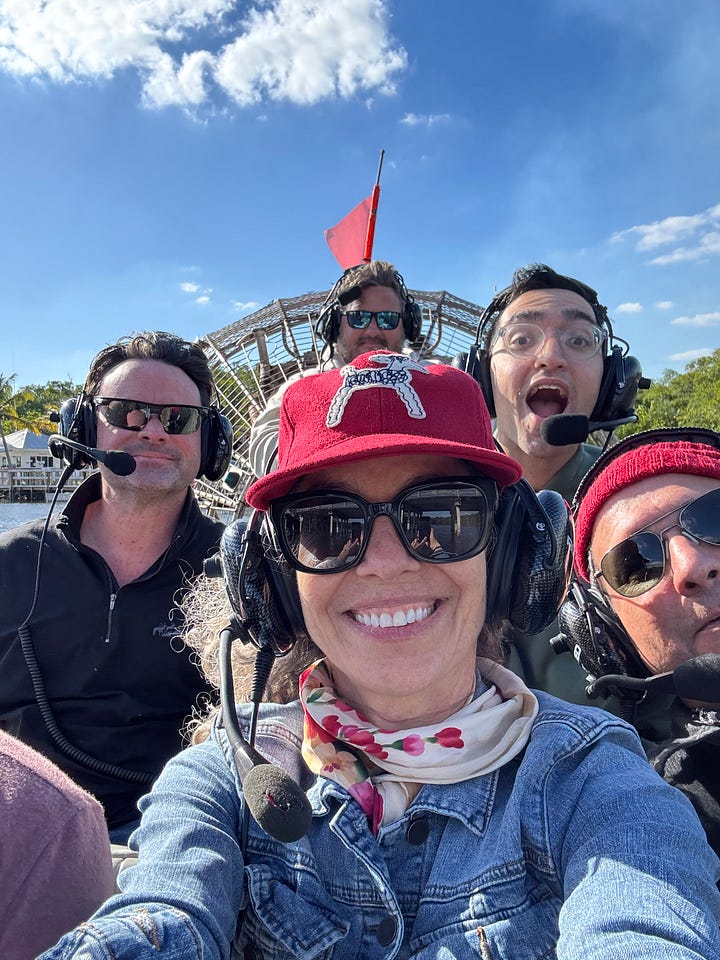
I met Shahzad at a charity event in Naples, FL, and was immediately struck by his passion for food, compassion for the kids we raised money for, and our mutual fascination with alligators (hence these photos). Shahzad is about the same age as my boys and working at the very top end of the culinary world, quite an accomplishment for such a young person. Being a sous chef at a two-Michelin-starred restaurant brings a level of responsibility and pressure that most people (at any age) would be crushed by. Not only does he LOVE it, but he moved across the world to seek it out. And, he does it with joy and an infectious enthusiasm.
Shahzad is an inspiration, and I feel lucky to have met him. He’s taken time from the intense schedule at Josiah Citrin’s LA restaurant, Mélisse, to share what a day looks like for a sous chef and to tell us a bit about his journey from a 17-year-old with a dream to essentially running the line at an award-winning restaurant.
Shahzad also shared his oatmeal raisin cookie recipe, which has a technique that changes the way I will use spices in my recipes (see recipe below for everyone!). How did I not try this before? Always something to learn!
A Day in the Life of Shahzad Bhathena, a Sous Chef at a Two-Michelin-Starred Restaurant
7:30 AM – Santa Monica Farmers’ Market
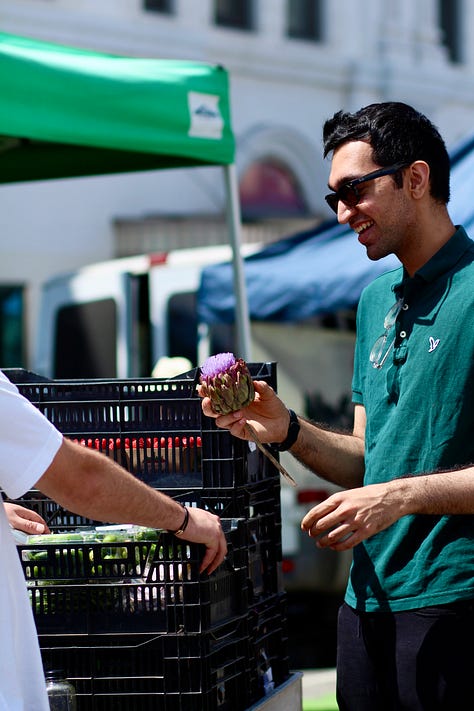
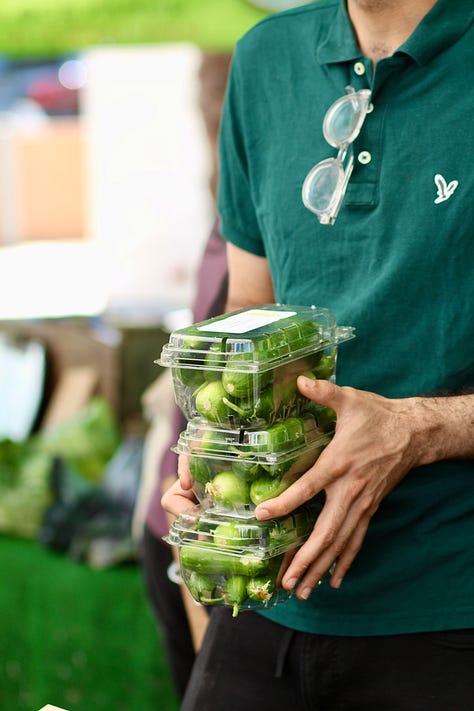
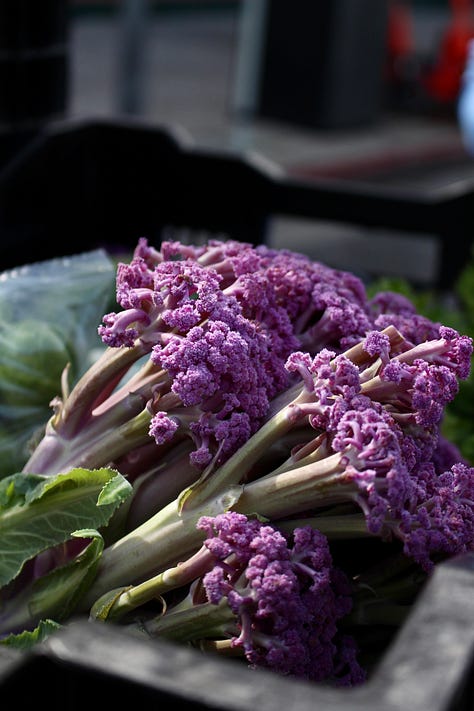
The day begins at the Santa Monica Farmers’ Market, held every Wednesday, where I personally select the finest seasonal ingredients. Operating at a two-Michelin-star level means there’s no room for compromise—every vegetable, herb, and protein must be at its peak. I take my time speaking with farmers, inspecting produce, and making selections that will enhance the dishes on our tasting menu.
9:30 AM – Arrive at the Restaurant & Morning Prep
After the market, I head straight to the restaurant, where my team is already setting up for the day. The first thing I do is check in with them, reviewing their prep lists and making sure everything is on schedule. I take a look at the produce we sourced, ensuring the quality meets our standards, and make any last-minute refinements to the day’s menu.
10:00 AM – Quick Breakfast & Prep in Full Swing
We take a short break for a quick breakfast, just enough to fuel up before an intense day ahead. Once back in the kitchen, prep begins in full force. The team gets to work on the fundamentals—stocks are simmering, sauces are reducing, proteins are being butchered and dry-aged, while vegetables and garnishes are prepped with absolute precision. I move between stations, keeping a close eye on technique, ensuring consistency, and jumping in where needed.
12:00 PM – Tasting & Refinements
By midday, I begin tasting sauces, adjusting seasoning, and checking the progress of various components. Every element of a dish must be balanced, so I make any necessary refinements, tweaking textures and flavors to ensure they’re just right before service.
3:30 PM – Kitchen Breakdown & Reset for Service
As we approach the evening, we pause to reset the kitchen. Everything is cleaned, stations are reorganized, and mise en place is carefully arranged to ensure a seamless service. Every detail matters at this level, so I take a final walkthrough to make sure everything is where it needs to be.
4:30 PM – Family Meal
This is the only real break we get as a team. We sit down together for family meal, taking the time to eat, reset, and go over any final details before service. It’s a moment of calm before the controlled chaos of the evening begins.
5:00 PM – Final Setup & Pre-Service Checks
Once family meal is over, it’s time for the last round of preparations. I go over every station one final time, making sure the line is stocked and every element for service is ready to go.
6:00 PM – Pre-Service Briefing
Before the first guests arrive, we gather for a briefing with both the kitchen and front-of-house teams. We run through the details of the night’s menu, discussing any menu changes or adjustments that need to be executed. We go over any dietary restrictions or VIP guests, ensuring the entire team is aligned. Timing is everything, so we make sure service will flow seamlessly from one course to the next.
6:30 PM – Dinner Service Begins
With just one seating of 16 guests on a Wednesday, service must be executed with absolute precision. I take my place at the pass, overseeing each plate as it leaves the kitchen, ensuring that every detail—from the temperature of the sauce to the placement of the garnish—is flawless. Communication is key, and I work closely with my cooks, calling out timing cues and maintaining the rhythm of service. Every dish must be sent out in perfect condition, and there’s no room for error. The entire team moves in sync, executing each course with the focus and discipline that a Michelin-starred kitchen demands.
9:30 PM – Final Course & Kitchen Breakdown
As the last course is sent out, the focus shifts to breaking down the kitchen. We clean thoroughly, organize everything for the next day, and store any remaining mise en place. Before leaving, I take a final moment to reflect on the night’s service, noting what went well and what can be improved.
10:00 PM – Wrap Up & Head Home
With the kitchen spotless and reset, I finally head home, exhausted but satisfied with another night of pushing for perfection.
10:30 PM – Cook a Late Meal & Unwind
Even after spending all day in the kitchen, I still enjoy cooking for myself. I keep it simple—maybe a quick salad, pasta or stew, something comforting after a long shift.
11:00 PM – Watch TV & Destress
To wind down, I put on a show or a movie, letting the intensity of service fade.
12:00 AM – Lights Out
Rest is crucial. Tomorrow, we do it all over again.
Q&A: Shahzad Bhathena
Q: When did you start to cook?
I've been cooking since I was a kid. I was always fascinated by the aromas and flavors in the kitchen, and I loved helping out with small tasks. Over time, that passion grew into a career.
Q: Who or what first influenced your cooking?
My grandmother was my first and biggest influence in cooking. I grew up watching her in the kitchen, turning simple ingredients into incredible dishes with so much love and care. She taught me the importance of technique, patience, and the joy of feeding others. Her cooking inspired me to pursue this path, and to this day, I carry her lessons with me in every dish I create.
Q: Do you cook at home? If so, what is your go-to meal?
Yes, I love cooking at home. Usually on my days off I like to go back to my roots and cook some comfort food, which is usually a good curry and some rice.
Q: When did you decide to make it your career?
Cooking was something I was drawn to from an early age. The kitchen always felt like a safe space—somewhere I could be creative and truly connect with myself. I realized this passion early on, likely while I was still in high school, and it just felt natural—something I could see myself doing every day.
Q: Did you go to culinary school or did you apprentice? Where did you study? What kind of food were you learning to cook?
I never attended culinary school because I always believed the best way to hone my craft was by learning directly in the world’s top restaurants under the most renowned chefs. That’s the path I pursued, pushing myself to train in the most demanding kitchens. However, knowing that my ultimate goal is to open my own restaurant, I earned a Bachelor’s in Business Administration in Marbella, Spain, to gain a deeper understanding of the operational and financial aspects of the industry—because running a successful restaurant is about more than just cooking.
Q: When did you come to the USA? How old were you? Was it specifically to cook?
The first time I ever came to the USA was in 2015 and I was 17 years old. This trip was a solo trip that I made for tourism purposes but I instantly fell in love with California as well as the food scene and the super fresh and seasonal produce. It was at that moment I knew I was going to come back at some point to work and experience the city life. And as life would have it, things fell into place and I was back in the USA in 2019, to do my stage at a three-Michelin-starred restaurant, marking the beginning of an incredible journey in my culinary career.
Q: Who has been your greatest influence in your career? How has that relationship shaped you as a chef?
Two people have had the greatest influence on my career. First, my mother—her resilience, dedication, and unwavering commitment to hard work shaped my mindset early on. She taught me the importance of discipline and determination in everything I do, values that I carry with me in the kitchen every day.
The second is Chef Ian Scaramuzza, who has been an incredible mentor to me. He has played a crucial role in my growth as a chef, pushing me to refine my technique, think critically about food, and constantly strive for excellence. His guidance has shaped not just my skills, but also my approach to leadership and creativity in the kitchen.
Q: Do you have a work visa? What does that mean and what are the parameters? How often does it get renewed?
Yes I am currently on an O-1 visa. The O-1 visa is for individuals with extraordinary ability in fields like sciences, arts, education, business, or athletics, demonstrated through sustained national or international acclaim. Applicants must provide evidence of significant achievements, such as awards, press recognition, or a high level of expertise, and have a U.S. employer or agent as a sponsor. It gets renewed every 3 years.
Q: Would you like to have your own restaurant someday? Where? What?
I definitely want to have my own restaurant someday. Right now, I’m leaning toward California because of the incredible produce available year-round, which is essential for creating high-quality dishes. In terms of cuisine, it would most likely be a fine dining modern restaurant rooted in French techniques but infused with a hint of Indian flavors—a reflection of both my training and my heritage.
Q: What is your favorite piece of kitchen equipment?
My favorite kitchen tool is a silicone/rubber spatula. It’s incredibly versatile—I use it for everything from folding delicate batters to making perfectly smooth purées and ensuring not a drop of sauce goes to waste. It’s a small but indispensable part of my workflow.
Q: Do you have a favorite bakery? What should we order?
One of my favorite bakeries at the moment is Petitgrain Boulangerie. Their viennoiseries are exceptional, but if you’re visiting, I’d highly recommend trying their croissants and canelés—both perfectly executed with incredible texture and flavor.
Q: What is your most used cookbook?
I constantly refer to The French Laundry Cookbook by Thomas Keller for its precision, technique, and philosophy on fine dining. Another go-to is The Flavor Bible, which is an incredible resource for understanding ingredient pairings and building depth in dishes.
Zoë’s note: I, too, love The French Laundry Cookbook and did an interview with Stephen Durfee, who was the pastry chef who worked with chef Keller on the book. You can listen to my interview with him here.
Q: What are you working on next?
Right now, I’m focused on refining my craft and leadership skills in the kitchen, but long-term, I’m working towards opening my own restaurant.
This post contains affiliate links. If you decide to make a purchase, I may make a small commission.
Recipe: Chewy Oatmeal Cookies with Bloomed Cinnamon
I’ve made thousands of oatmeal cookies, they are a François family favorite! I have several in my book, Zoë Bakes Cookies, but I have never bloomed the cinnamon before adding it to a recipe. This technique in Shahzad’s recipe blew my mind wide open to the possibilities of enhancing the flavor of spices. Once I saw it in his recipe, I knew my spice game had changed forever.
What is blooming the cinnamon, you ask!? You heat the butter in the recipe and add the spices. The heat activates the oils in the spice, and the fat (butter) carries the flavor in the recipe. It is a technique used widely in Indian cuisine. Sometimes the spices are heated in a dry pan, and others in oil. I’ve done it many, many times and never thought to use it for sweets. Now I will.
This recipe calls for melted butter, so this technique is a super quick process. If you wanted to do this with a recipe that requires room temperature butter, you would need to make the bloomed butter ahead of time and let it set up again. OR you can heat the spices dry in a pan and add them to the creamed butter. Either way, you will have a more intense spice flavor thanks to Shahzad.




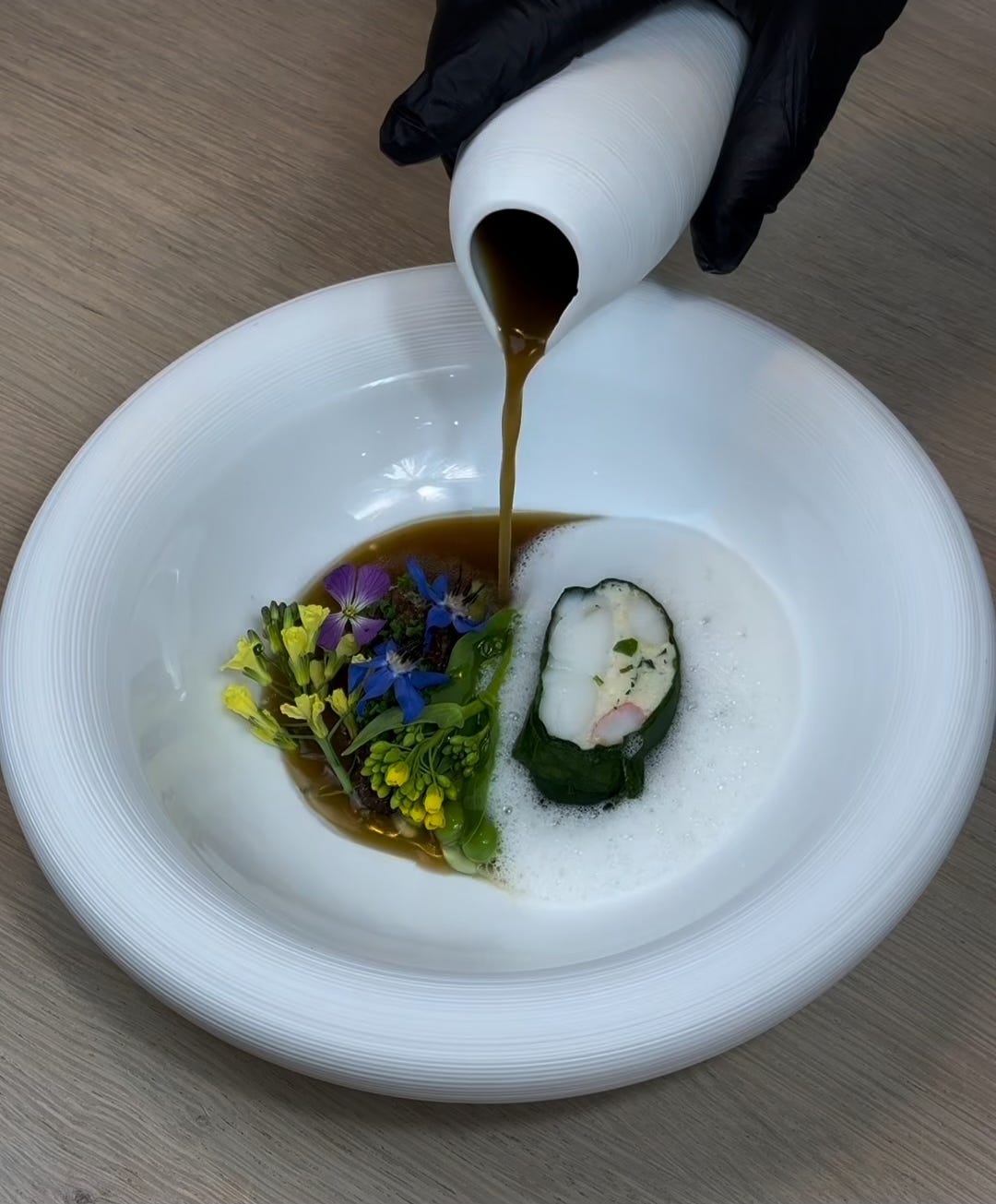
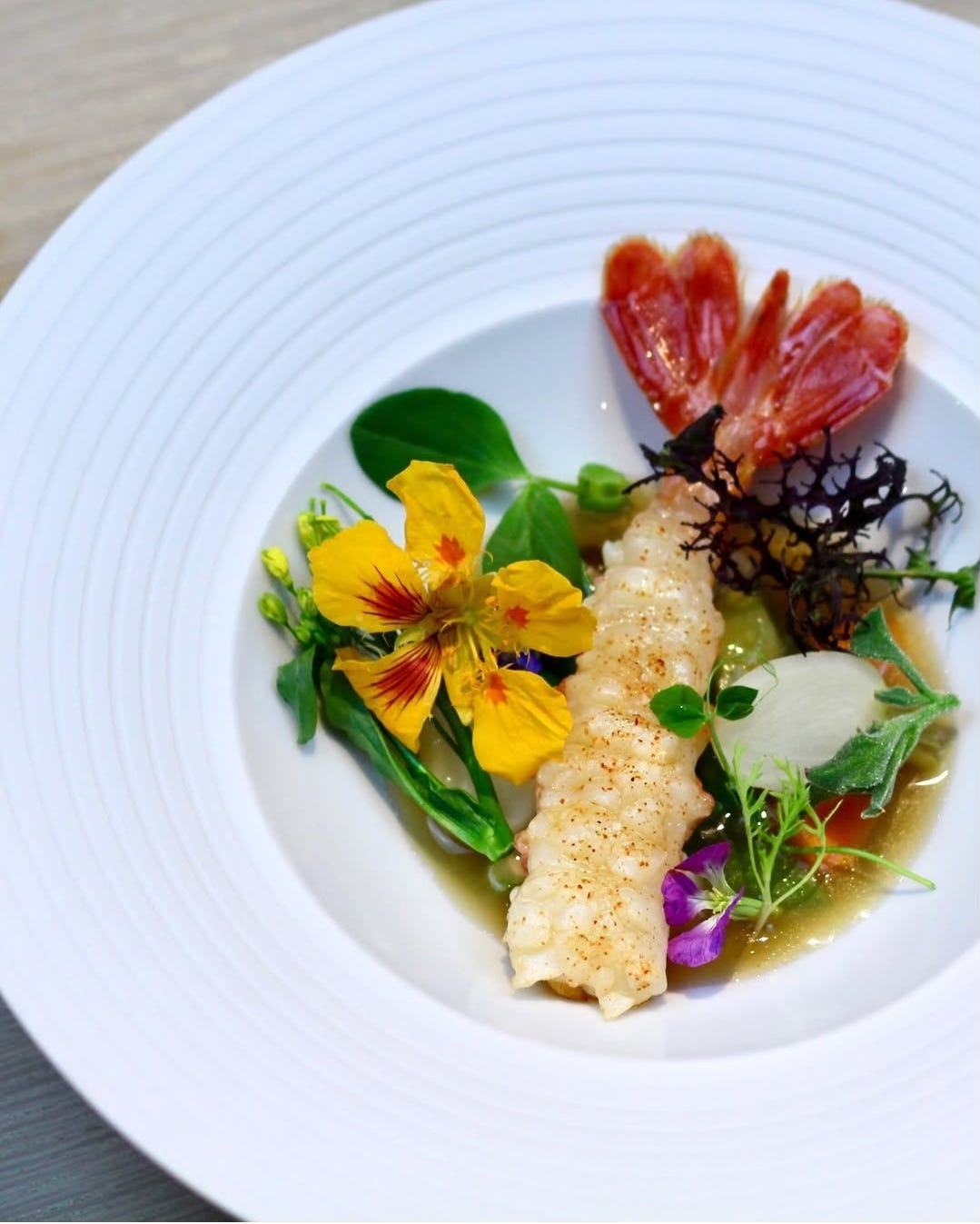
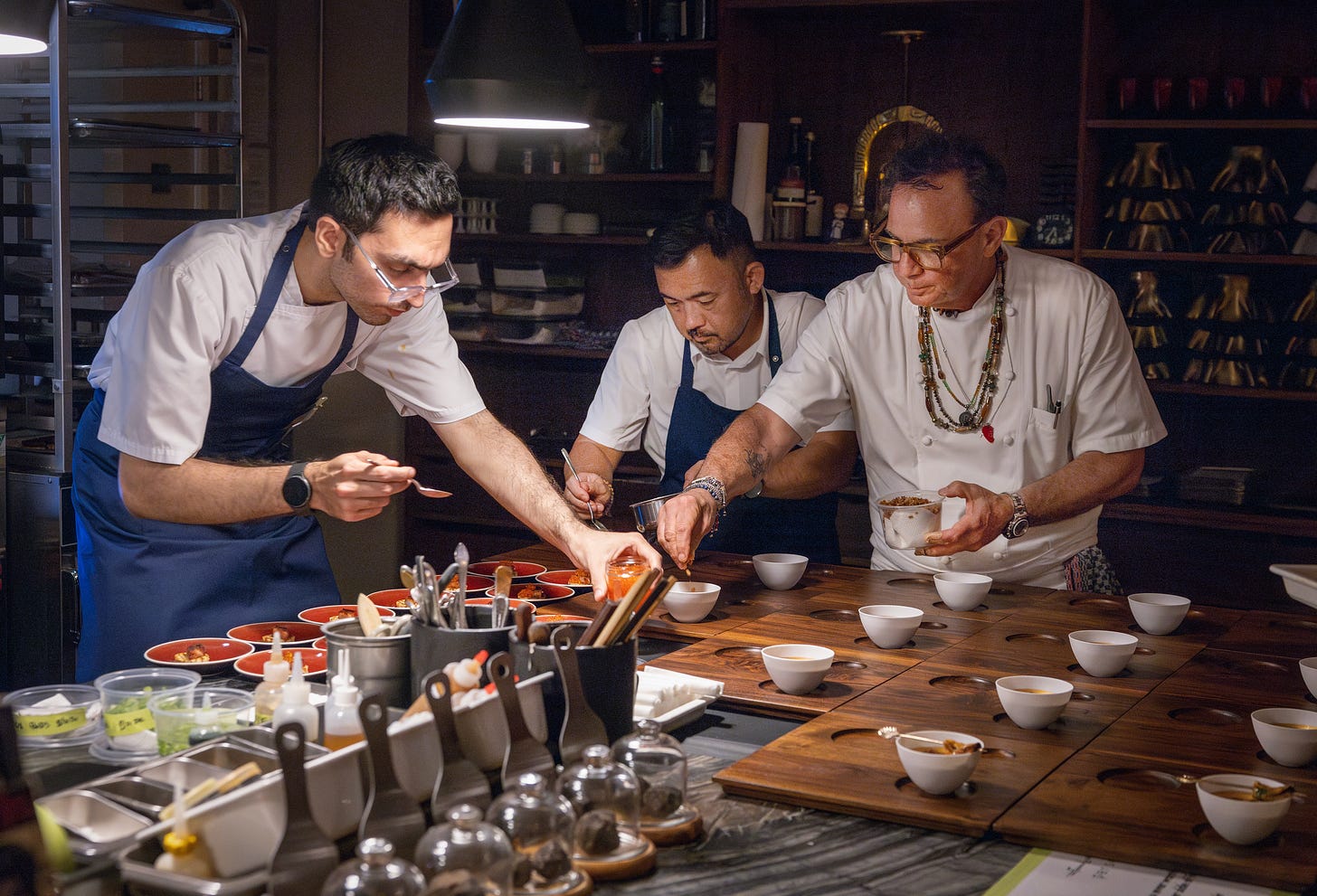


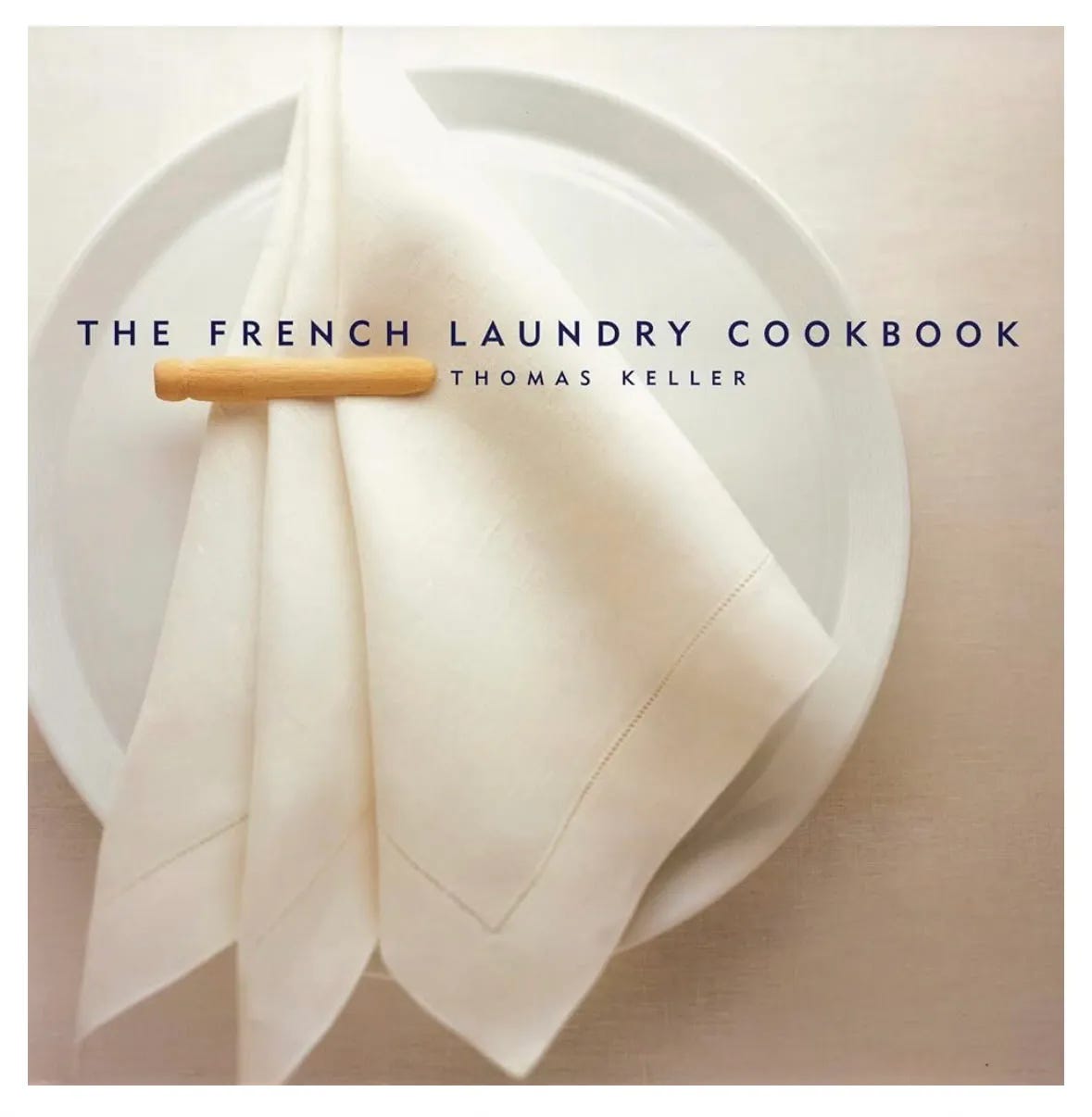
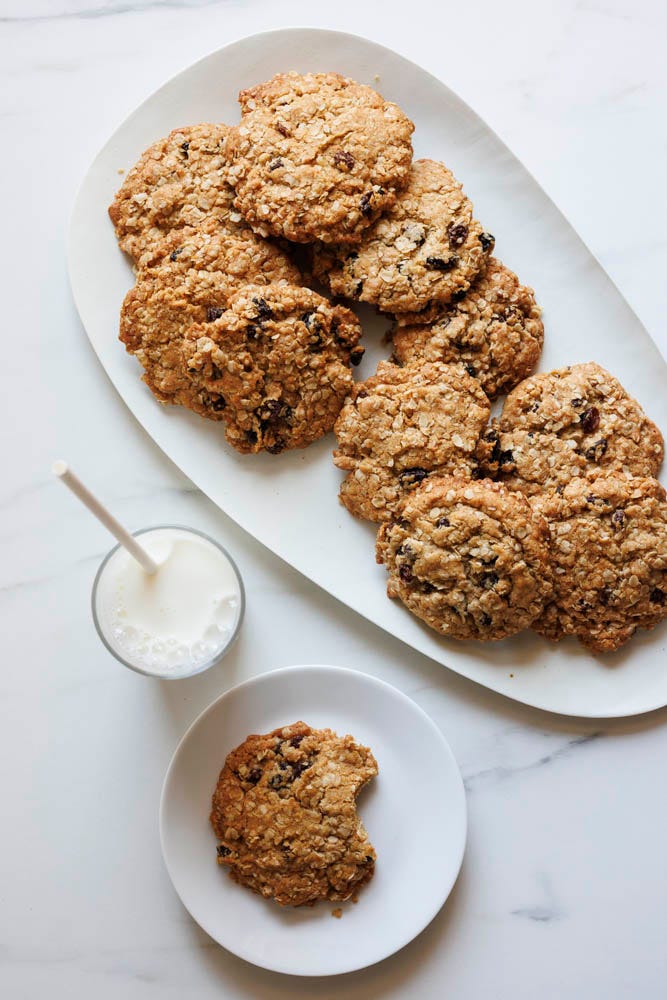
That's a great tip for the oatmeal cookies! I'll be trying that soon. I just tried the Royal Cinnamon from Burlap & Barrel and it's amazing. I'm also a fan of Penzey's, but there is something about the B & B that is so fresh and flavorful. Sometimes I just go and inhale the aroma from the jar.
I know shazu since a kid n was always interested in what he had fir his meals the query n interest mixed with passion n hard work has made him one of the best chefs God Bless Him n soar great heights in his field